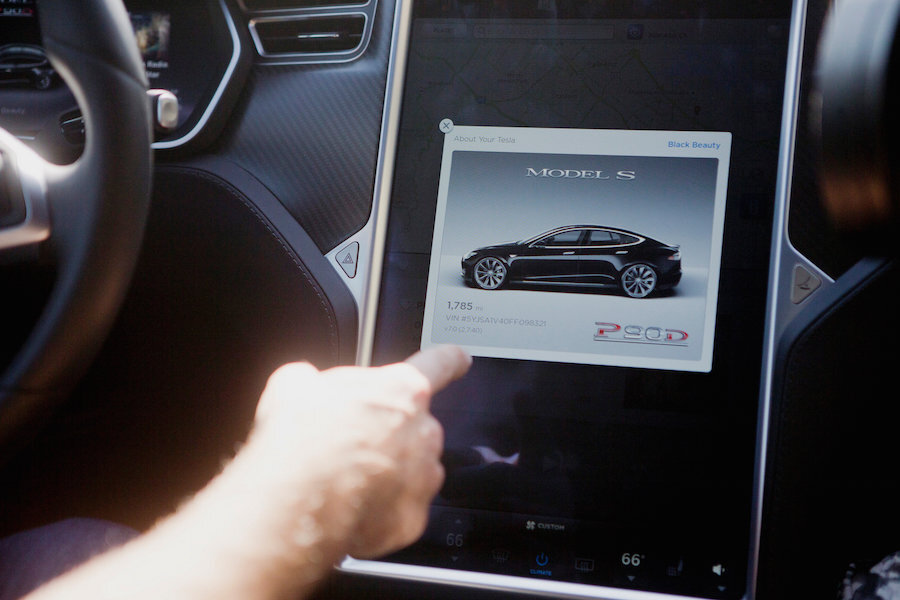NASA thinks Tesla Autopilot is a bad idea
Since news broke last month that the driver of a Tesla Model S running on the Autopilot driver-assistance system died in a crash, the technology has inspired intense debate.
Regulators are investigating the crash to determine whether the fault was with the human driver, Autopilot itself—or a combination of both.
Now, one agency with a significant amount of relevant experience has weighed in.
NASA has been studying the pyschological effects of automation for decades, and thus may have something to teach Tesla, notes Scientific American.
"News flash: cars in 2017 equal airplanes in 1983," Stephen Casner—a research psychologist at NASA's Human Systems Integration Division—told the magazine.
For the public at large, the name "Autopilot" seems to imply a similarity to the automated systems that help fly planes, although the capabilities of the Tesla system are much more limited.
Tesla Autopilot is more akin to the bundles of driver-assistance features offered by other carmakers than to a true semi-autonomous system.
Even if Autopilot had greater capability, NASA's Casner highlighted a crucial difference between the operation of cars and airplanes that makes its use much riskier.
An autopilot system temporarily takes the human operator out of the loop of control, and the transition back to human control cannot happen instantaneously.
But because airplanes fly several miles up in the sky, pilots typically have a minute or more to transition from autopilot back to manual control.
That's not the case with cars, where drivers may have 1 second or less to react to an emergency situation.
Humans also have trouble paying attention when automated systems are running, NASA has found.
It is difficult for humans to monitor repetitive processes for a long time, a phenomenon known as the "vigilance decrement."
In other words, the more competent an automated system, the more likely the driver is to zone out.
That may be even more likely in automated cars, as the technology is often pitched to consumers—explicitly or implicitly—as a convenience to let them use time normally spent concentrating on the road for other tasks.
Tesla seems determined to use Autopilot as the foundation for fully-autonomous cars, but a wide gulf remains today between those two technologies.
Automated systems that operate in predetermined ways under specific circumstances are not the same as autonomous systems that mimic the flexibility and decision-making processes of human operators.
Since launching Autopilot, Tesla has said that the system is in the "public beta" stage, implying that it is still undergoing testing and development.
That message has been reiterated in the weeks following the fatal crash.
But if NASA's experience with automation is any indication, it may not be advisable to roll out similar technology for cars gradually.
If human nature can't always handle the ambiguity of a partially-automated car, it becomes more difficult to judge the grounds on which to evaluate risks and rewards of the piecemeal approach used by Tesla and others.






